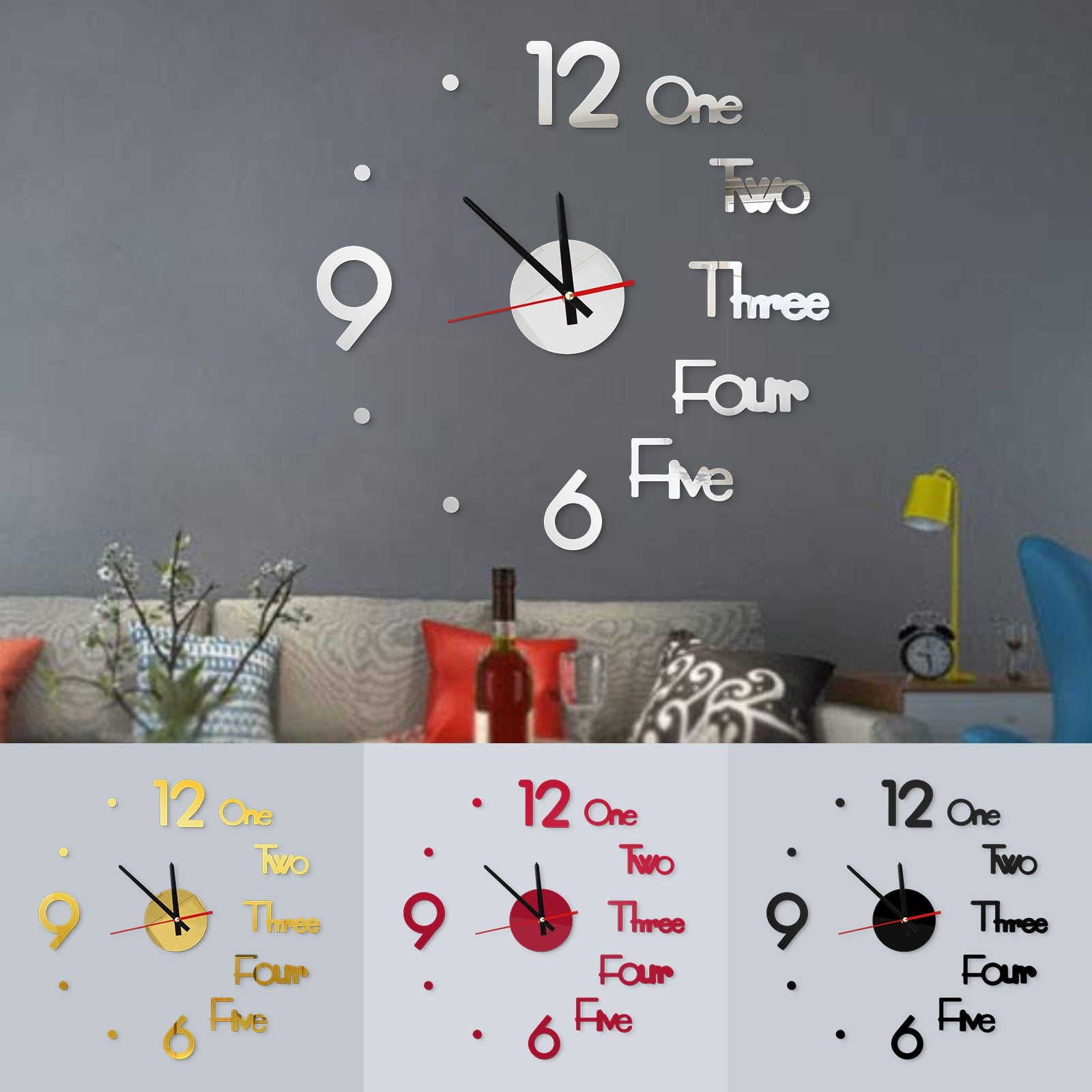Table of Content
- The Office Poster - The Office TV show collage, digital download, The Office wall art, perfect gift for The Office fans
- Create a Budget for the Project
- Global health insurance for remote workers and nomads
- Vokkaliga BJP MLAs meet Bommai, demand increase in reservation quota
- Mobile Fullstack Developer (m/w/d)
- 2 How we will become data-driven
For a minimalist yet productive workspace at home, we also recommend these 27 essentials to set up your home office. Setting up the best home office possible won’t do you any good if you can’t organise your day for remote working. One of the challenges people working from home most often face is to stay motivated and focus on the things that matter most.

Tech-savvy shoppers will appreciate its easy-to-use smart control panel with USB ports for maximum convenience. And its built-in wireless charger is perfect for keeping your devices charged so you can be ready for whatever the work day brings. For a home office, you need a space in your home to set up your workspace, a computer, and a strong internet connection. Our preference is to invest in a setup with a laptop, a larger monitor, a keyboard, and a mouse, at minimum. Last but not least, you should invest in a music subscription service if you don’t already have one.
The Office Poster - The Office TV show collage, digital download, The Office wall art, perfect gift for The Office fans
Our processes for project initiation, funds allocation and internal review will be amended. Creating the visit visa exemplar service will enhance the Home Office’s ability to deliver digital customer centric services. It will trial both the approach and the governance, leadership and skills needed to deliver quickly and iteratively, responding to customer feedback within one month time-frames. This will inform the delivery of an entirely digital visa application process. These days the best service organisations deliver online everything that can be delivered online.

We already have a host of benefits for staff; from our excellent pensions packages and a serious focus on continuous professional development. The Digital Portal will be accessible via fixed or mobile internet-enabled devices (computer, tablet, smart phone, etc.) and will provide a consistent experience across these devices. The Portal will deliver a consistent user experience from users of GOV.UK, with digital transactions incorporated within GOV.UK where possible. Key information is being migrated to GOV.UK as part of the setup of the new Disclosure and Barring organisation. Wherever possible Home Office transactional services will be designed to work effectively on these platforms, generating efficiencies and building a consistent user experience across all government services. The Home Office will adopt the approach to ID Assurance being developed by the GDS ID Assurance Programme for providing secure access to government sites and services.
Create a Budget for the Project
We’re proud to provide a structure for the DDaT Profession in the Home Office sponsored by experts in the senior civil service. This gives our professional technical people the leadership they need to flourish as they deliver their best work. We employ in the following roles (naturally subject to change as we create leading-edge digital, data and technology solutions).

“Legacy systems, euphemistically termed technical debt these days, remain one of the biggest barriers to transformation in government,” says Rob Anderson, principal analyst, public sector at GlobalData. “Accounting for half of IT costs, it stifles the opportunity for investment in innovative solutions to facilitate better public services. The DDaT function is made up of around 1,700 staff, augmented by a number of supplier partners. Every year our systems support up to 3 million visa applications, checks on 100 million border crossings, up to 7 million passport applications and deliver 140 million police checks on people, vehicles and property. The scale of our projects is matched only by the opportunities for our people.
Global health insurance for remote workers and nomads
Most people will only ever need to get one check and will be able to take it from role to role without needing to apply for a new one. Rather than submit a new paper application, employers will be able to conduct a simple, instant on-line check on the status of an application. We will improve our use of focus groups, surveys, usability tests, pilot programs, and real-time online prototyping. Our supplier relationships need to reflect the unique needs of each service/project, and move away from a ‘one size fits all’ approach. Systems need to work better together, there is duplication across systems, we operate environments which are difficult to manage, and procurement lead-times are long.
We often have one team with a capability and another with a need - but no means to join these up. Keeping registers on technology and products will help us do this through increasing the transparency of our technology estate. Our central DDaT Technical Design Authority approves initial technology solution proposals and performs ongoing solution assurance. It also evaluates the cost and value for money for proposed designs, infrastructure, architectures, products and tooling.
The Civil Service Reform Plan challenges departments to change the way they approach their work, stating ‘Cultures and behaviours must be pacier, more flexible, focussed on outcomes’. With a focus on citizens, we are seeking to change our culture, our processes and our approach to project and service planning. We will aim to respond quickly to change and engage widely through digital channels. We will aim to transform our relationships with citizens and businesses, through digital services and engagement channels that meet the highest standards. This user-focused accessibility standard, which goes beyond legal responsibilities and technical compliance, applies to all Home Office products and services.
We aim to build on the work we’ve been doing to increase transparency around the data we hold about people. For example, the development of a digital immigration status has made it easier for individuals to check their status directly with Home Office systems. We aim to improve data sharing across the Home Office and wider, removing the unnecessary blockers we face when trying to access and share data, to improve our services to the public. We are aligned to the National Data Strategy and aim to improve how we use data. We want to be an organisation where users can quickly provide and access high-quality data when appropriate.
Keep Teams Status ActiveUltimately an intelligent, user driven questionnaire will replace a suite of over 90 different paper application forms used for different UKBA products. Corporate publishing activities of all 24 central government departments will move onto GOV.UK by March 2013, with agency and arms length bodies’ online publishing to follow by March 2014. From April 2014, all new or redesigned transactional services will meet the Digital by Default service standard.

We will explore the use of Customer Query tools, mobile application platforms, geo-location and progress checking requirements, all of which have the potential to improve the customer experience. Work is underway to identify the key legislative barriers to digital service development at the Home Office - the key barriers are identified in this strategy, and they are barriers that are also faced by other departments. Where viable, digital services will be developed using prototyping, with public versions of new services released as early as possible in the build process we can tailor our services based on feedback. Processes and standard working practice will be reviewed, and opportunities identified to break down silos and move to an operating model which will enable us to deliver better IT solutions, faster.
All of this will change the way the Home Office works, the way we interact with the public and our customers, and the systems upon which we all depend. Our product-centric teams will have autonomy to make decisions, working within our environment of convergence, governance and enterprise views of design. This Home Office DDaT Strategy sets out a principle-based approach for how we tackle the challenges we face in becoming a more contemporary, automated, technology-enabled digital organisation. Our staff also need to be outward facing and engage with cross-government communities of interest. Researchers and designers discuss the challenges and opportunities that new technologies bring.
This calls for a fundamental shift in perspective, which places the engagement and ‘outreach’ aspect of policy-creation at the heart of our work, and moves away from the focus being on the departmental ‘policy expert’. 2013 will bring the launch of a new online passport application channel, allowing the submission of a customer’s application, payment and tracking of progress online. Metrics and customer feedback will be continuously assessed and used to inform future iterations of the service to ensure we deliver ongoing improvements to the customer experience.
For example, the police are looking to use their National Data Quality Improvement Service to automate the detection and correction of data quality issues and ensure metrics are collected in a standardised way. Teams should stay together as consistently as possible as they take on new challenges. Ideally the same teams should work together on the same product for an extended period, including its ongoing maintenance.

When your hybrid workplace strategy is developed, consider how this will impact your existing physical office. Research shows executives plan to reduce office space by 30% post-pandemic as a result of remote/hybrid work. It's likely some businesses could get away with only needing a conference room for their team members to occasionally use for client meetings.

No comments:
Post a Comment